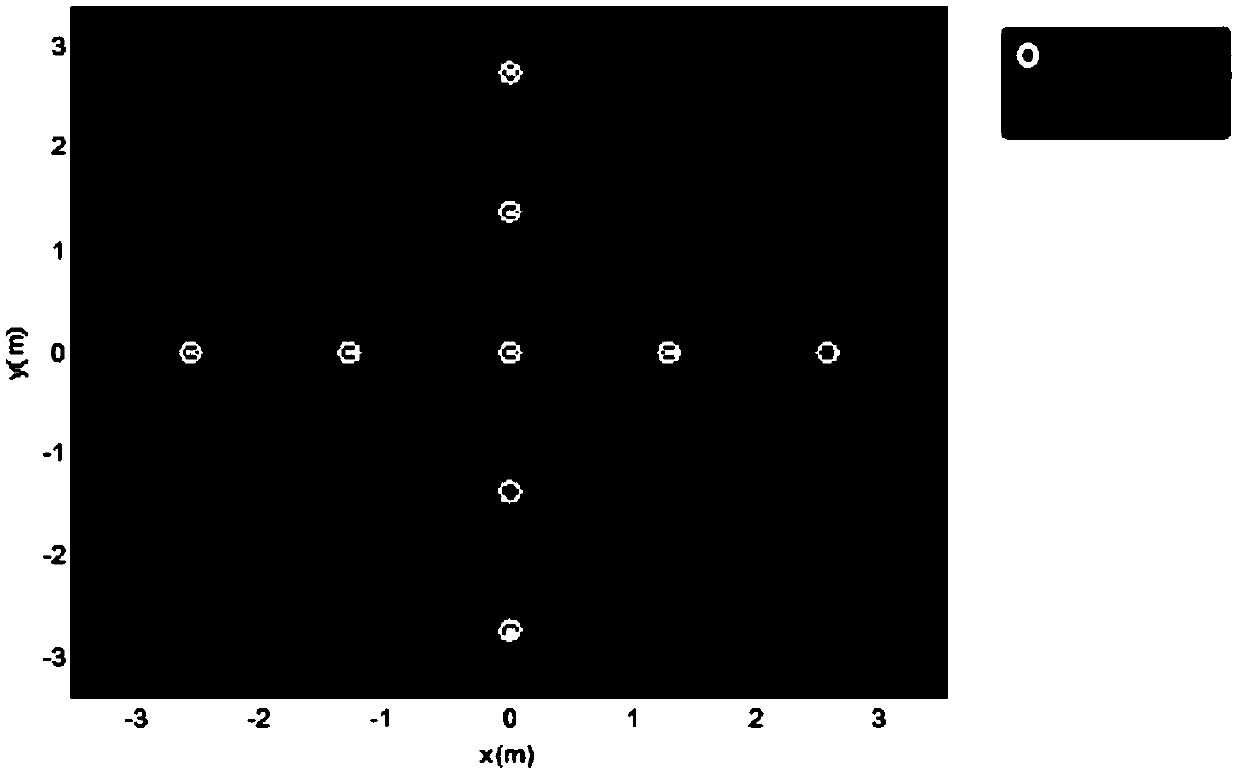Terahertz Near-Field Sparse Imaging Method Based on Multiple Transmitter and Multiple Receiver Arrays
A multi-transmit, multi-receive, and sparse imaging technology, applied in the field of imaging technology, can solve problems such as low resolution of terahertz imaging, increased approximation error, and narrowed target reconstruction range
- Summary
- Abstract
- Description
- Claims
- Application Information
AI Technical Summary
Problems solved by technology
Method used
Image
Examples
Embodiment approach
[0059] Such as figure 1 The flow chart of the terahertz near-field sparse imaging method based on the multi-transmission and multi-reception array of the present invention is shown, and the specific implementation scheme is as follows:
[0060] Step A: imaging scene setting;
[0061] A linear and compact terahertz multiple send and receive array is used. figure 2 The two-dimensional imaging model diagram is shown, the M transmitters and N receivers of the linear compact terahertz multi-transmission and multi-reception array are distributed on the same baseline of the two-dimensional plane, and the three transmitters, receivers and target planes are at the same time Located in the same plane XY. The coordinate system XOY is established with the center of the imaging scene as the origin of Cartesian coordinates o, then the positions of the mth transmitter and the nth receiver are expressed as and Let the Cartesian coordinates of the target scattering point be r=(x, y), th...
PUM
 Login to View More
Login to View More Abstract
Description
Claims
Application Information
 Login to View More
Login to View More - R&D
- Intellectual Property
- Life Sciences
- Materials
- Tech Scout
- Unparalleled Data Quality
- Higher Quality Content
- 60% Fewer Hallucinations
Browse by: Latest US Patents, China's latest patents, Technical Efficacy Thesaurus, Application Domain, Technology Topic, Popular Technical Reports.
© 2025 PatSnap. All rights reserved.Legal|Privacy policy|Modern Slavery Act Transparency Statement|Sitemap|About US| Contact US: help@patsnap.com



